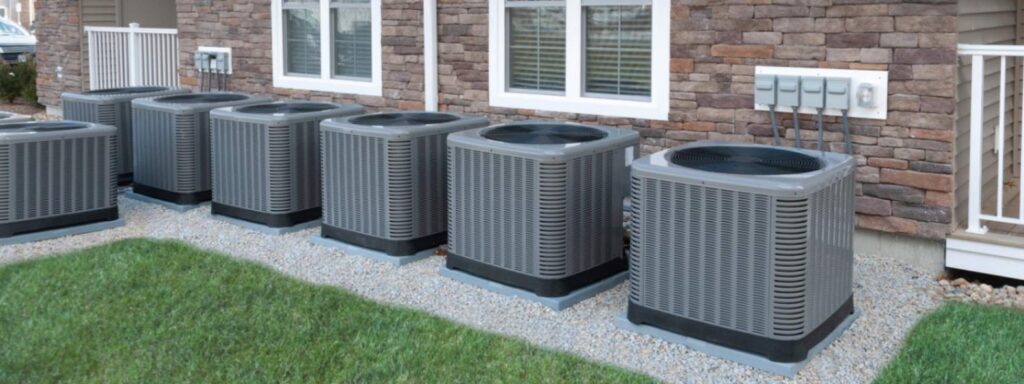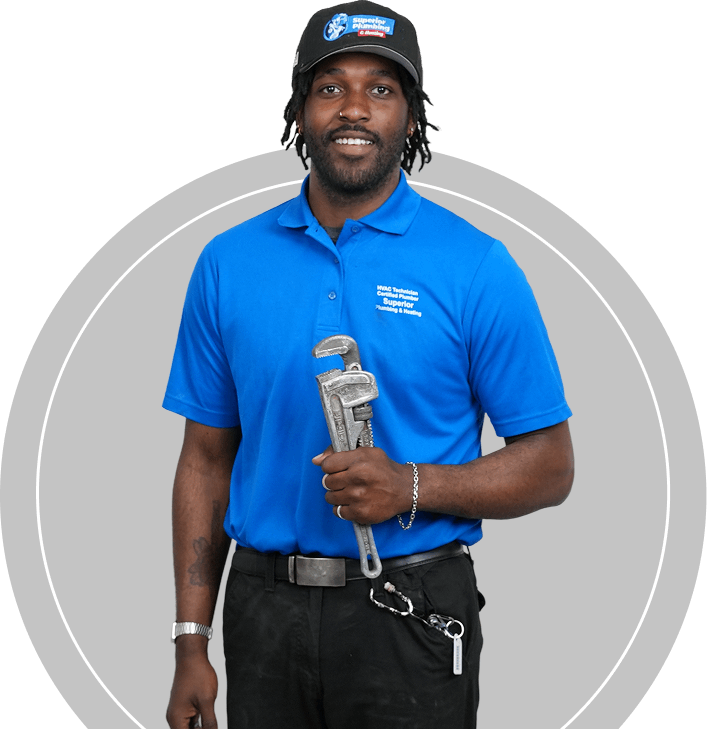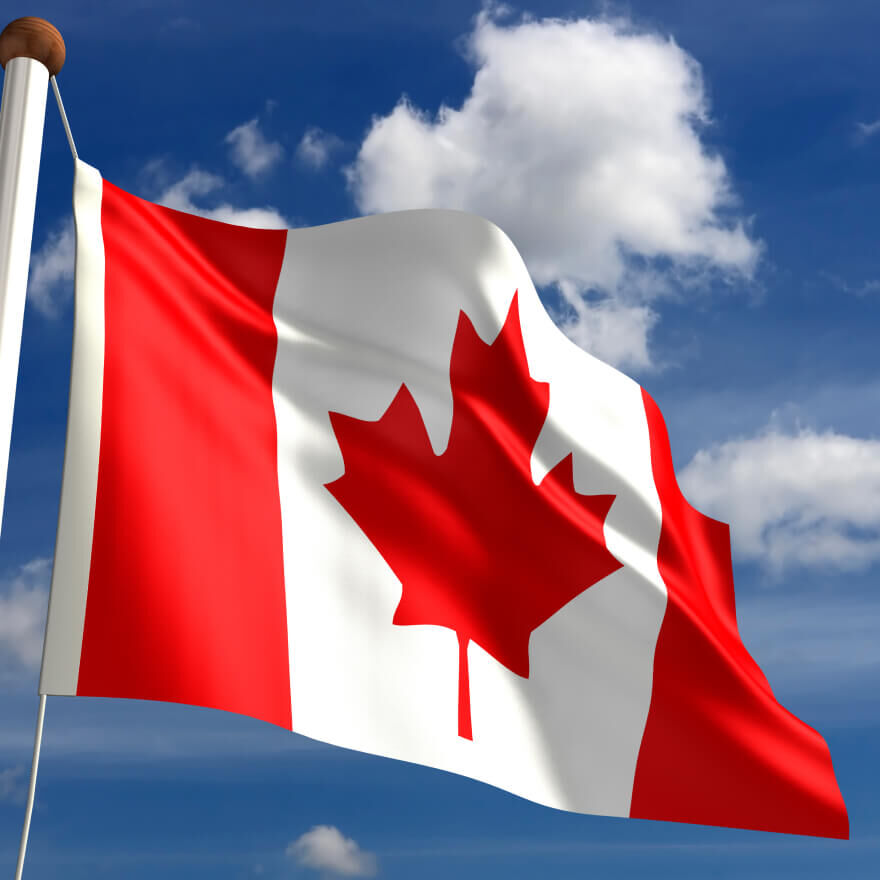In Canada, with its fluctuating climate from -30°C winters to scorching summers, heat pumps are increasingly becoming the ideal heating and cooling solution. Already used in 40% of new homes in provinces like British Columbia, their popularity continues to grow, partly due to government incentives like the Canada Greener Homes Grant. But how can one device replace both a furnace and an air conditioner? Let’s break it down simply, without complicated physics!
A heat pump is like the “opposite of a refrigerator.” A refrigerator removes heat from its interior and releases it into the kitchen. A heat pump can “reverse direction”: in winter, it takes heat from outside (even in freezing temperatures!) and transfers it indoors, and in summer, it works the other way around.
How Does a Heat Pump Work? The Basic Principle
Why “Pump”?
A heat pump doesn’t generate heat; it transfers heat using the physics of refrigerant phase change (a special liquid that evaporates at low temperatures).
Key Components:
- Evaporator – absorbs heat from the environment (air, ground, or water).
- Compressor – “compresses” the refrigerant, dramatically raising its temperature (like a bicycle pump heating up during use).
- Condenser – releases heat into the house via the heating or ventilation system.
- Expansion Valve – reduces the refrigerant’s pressure, cooling it before it enters a new cycle.
The Magic Refrigerant
The working fluid (e.g., R-32) is the “heart” of the system. It:
- Evaporates at very low temperatures (even as low as -30°C).
- Heats up to 60–80°C when compressed.
- Doesn’t harm the ozone layer (modern models use eco-friendly alternatives to Freon).
Heating Mode in Winter: How the Pump “Extracts” Heat from the Freeze
Where’s the Heat at -20°C?
Even during the frigid winter months, there is thermal energy in the air, soil, or water (molecules never fully stop moving). For example:
- An air-source pump at -25°C can extract up to 75% of the heat from the outside environment, with only 25% coming from electricity.
- Ground-source heat pumps (geothermal) use the stable temperature of the earth (+5–10°C at 2 meters depth).
Detailed Work Cycle:
- Evaporator: The external air heat exchanger absorbs heat, causing the refrigerant to evaporate.
- Compressor: The gas is compressed, and its temperature rises to 60–80°C.
- Condenser: The hot refrigerant releases heat through:
- Air systems (fans blow across the heat exchanger, like in a car).
- Hydronics (heat is transferred to radiators or underfloor heating).
- Cooling: The refrigerant passes through the expansion valve, and the cycle repeats.
Cooling Mode in Summer: Air Conditioning “In Reverse”
Reversed Cycle
The heat pump reverses the valve, now:
- The evaporator is inside the house (absorbing heat from the room).
- The condenser is outside (releasing heat).
Advantages Over a Conventional Air Conditioner:
- Lower energy consumption (by 30-50%).
- Even cooling through the same ventilation or underfloor system.
Fun Fact:
In Vancouver, where summer temperatures rarely exceed 30°C, a heat pump is sufficient to cool the home 90% of the time without needing additional systems.
Comparing Heat Pump Types for Canada
| Type | Heat Source | Pros | Cons | Ideal Region |
| Air-to-Air | External Air | Low installation cost ($5K–15K) | Efficiency drops below -20°C | British Columbia, Ontario |
| Geothermal | Ground (1.5–2m depth) | Works in all temperatures | High installation cost ($20K–40K) | Alberta, Quebec, Northern Territories |
| Water-to-Air | Water source or well | High efficiency | Requires access to a water body | Coastal areas |
Table Summary:
There are three main types of heat pumps:
Air-to-Air systems use outside air as a heat source. They have the lowest installation cost (around $5,000–$15,000) and work well in mild climates like British Columbia or Ontario. However, their efficiency drops below −20°C.
Geothermal systems use the ground’s stable temperature and remain effective even in extreme cold. They are ideal for colder regions such as Alberta, Quebec, or the Northern Territories. The downside is their higher installation cost ($20,000–$40,000).
Water-to-Air systems draw heat from a water source or well. They offer high efficiency but require access to a water body, making them suitable mostly for coastal areas.

How Much Can You Save? Real Customer Story
Heat pumps have high energy efficiency (COP – for every 1 kW of electricity used, a heat pump can generate 3 to 4 kW of heat). This allows you to significantly reduce heating and cooling costs.
Real Customer Story: Superior Plumbing & Heating’s Client in Oshawa
Meet Sarah and Daniel, a young couple living in a 200 m² detached home in Oshawa, Ontario. Their house relied on a traditional gas boiler, and each winter, they spent nearly $2,000 just to stay warm during Ontario’s frigid months.
Concerned about rising energy costs and looking for an environmentally friendly solution, they reached out to Superior Plumbing & Heating. After a personalized consultation, our team recommended installing a cold-climate air-source heat pump—a perfect fit for Oshawa’s variable weather.
Because heat pumps operate with a Coefficient of Performance (COP) of 3 to 4, Sarah and Daniel now receive 3–4 kW of heat for every 1 kW of electricity used. This translates to a new annual heating cost of just $700, giving them over $1,300 in savings per year.
The financial benefits extended even further. With the Canada Greener Homes Grant, the couple received a $5,000 federal rebate, and they also qualified for an additional $3,000 from Ontario’s local incentive programs. That’s $8,000 in total rebates, dramatically reducing their initial investment.
Thanks to these savings and support, their system is expected to pay for itself in just 5–7 years. Now, Sarah and Daniel enjoy efficient, year-round comfort in their home while avoiding volatile gas prices and cutting their carbon footprint.
This makes the investment in a heat pump extremely beneficial in the long run, especially in regions like Oshawa, where winters can be harsh, but the need for cooling in the summer is moderate.
Is a Heat Pump Right for You? 5 Key Questions
- What’s your climate like? For the Prairie provinces, where temperatures can reach -40°C, backup heating is necessary.
- What fuel type do you currently use? The largest savings can be achieved by replacing propane or electric boilers.
- Is there space for an outdoor unit? Air-source pumps require space on the property.
- What’s your budget? Geothermal systems are more efficient but come with a higher price tag.
- Are subsidies available? Check for programs in your province.
Environmental Impact: How Heat Pumps Support Canada’s Climate Goals
Canada aims to cut emissions by 40–45% below 2005 levels by 2030. Heat pumps play a crucial role in achieving this goal. They don’t burn fuel, meaning no direct CO₂ emissions. Replacing a gas furnace with a cold-climate air-source heat pump can reduce a household’s emissions by up to 2 tonnes annually. Geothermal systems are even cleaner. Their consistent efficiency makes them a top choice for sustainable construction.
Example: A household switching from a propane furnace to a geothermal heat pump can cut heating emissions by 70–80%, especially when combined with clean electricity or solar panels.
Smart Integration: Making Heat Pumps Work Even Smarter
Today’s heat pumps offer smart control and automation features, such as:
- Smart thermostat integration – Enables automatic temperature adjustments depending on the number of people and time of day.
- Remote access and scheduling – Control your system from anywhere and create personalized heating/cooling schedules.
- Weather-responsive optimization – Adjusts performance based on current or forecasted weather conditions.
- Zoned climate control – Set different temperatures for individual rooms or zones for maximum comfort and efficiency.
- Solar power integration – Harness excess solar energy to run your heat pump and reduce reliance on the grid.
- Battery backup compatibility – Maintain operation during outages and lower energy costs by using stored energy during peak hours.
- Time-of-use optimization – Adjusts energy use based on utility rate schedules to save on electricity bills.
Heat pumps offer Canadian homeowners a smart, clean, and cost-effective way to stay warm in winter and cool in summer. With up to 70% savings, available government rebates, and reduced environmental impact, heat pumps aren’t just a trend—they’re an investment in the future.
REFERENCES
1. 2030 Emissions Reduction Plan: Clean Air, Strong Economy
https://www.canada.ca/en/services/environment/weather/climatechange/climate-plan/climate-plan-overview/emissions-reduction-2030.html
2. Heating and Cooling With a Heat Pump
https://natural-resources.canada.ca/energy-efficiency/energy-star/heating-cooling-heat-pump




